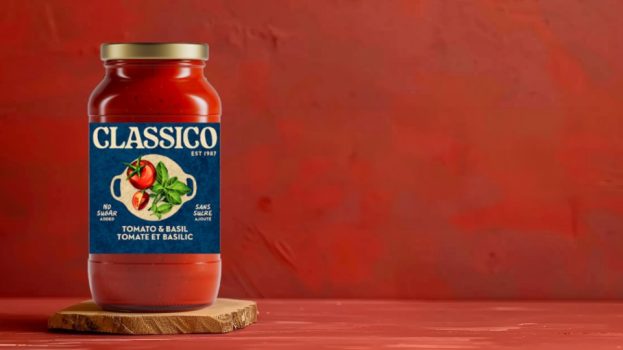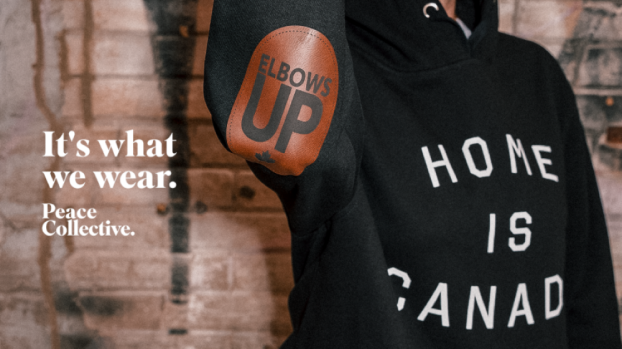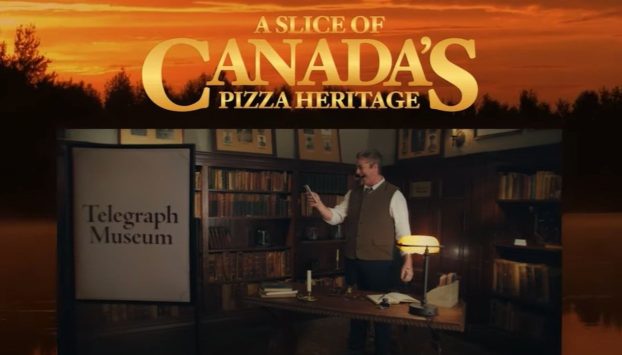Captain High Liner has a new look as the seafood company behind the 50-year-old brand icon aims to drive relevance among customers returning to the freezer aisle.
The captain, featured on the packaging of Lunenburg, N.S.-based High Liner Foods since the 1970s, no longer sports his captain’s hat and turtleneck. The new paired-down look features a slightly younger-looking figure with white hair that is nicely groomed, and is part of a brand refresh timed with the company’s 120th anniversary.
The change sparked the interest of social media users and mainstream media after an Ottawa artist posted on Twitter that he resembles “that well groomed and fit grandpa guy at a hipster bar.”
The decision to revisit the long-standing brand mascot, with the help of agency Milestone Integrated Marketing, was made last year as part of annual brand planning, says Craig Murray, VP of marketing and innovation. “We had this great milestone coming up for the company,” and since High Liner has largely stepped away from mass advertising lately, it was looking to capitalize on a brand asset that is still “well-entrenched with Canadians.”
The seafood company, which dates back to 1899 (and was renamed High Liner in 1926), still has a “young at heart personality,” he says. The refresh is meant to convey that corporate culture and identity to a new segment of consumers.
He needs no introduction. #HelloCaptain #CaptainHighLiner pic.twitter.com/nvbdcol2B5
— High Liner Canada (@HighLinerCanada) April 18, 2019
Various iterations of the captain were considered, as were the efforts of other brands that have recent sought to revitalize their spokespeople. P&G’s Mr. Clean and KFC’s Colonel Saunders are just two examples of brand mascots that have been re-imagined in campaigns within the last few years.
“There’s been some pretty radical changes, completely changing the person out,” Murray says. But High Liner “felt really uncomfortable about moving to an entirely different person or a younger person to try to appeal to [consumers]. Early on in the process, we said, ‘We need him to be the same person.’”
The company’s core consumer base are those who grew up with the brand (and likely remember it for its fish sticks). But there’s another segment, described by Murray as “fish fans,” that enjoys frozen seafood but that isn’t loyal to any one brand. “They were a strong enough segment and we said, ‘they’re a very good target market for us.’” Moreover, the goal is that a modern take on a seafood icon will resonate among millennials, whose economic influence has grown in recent years.
While the rise of healthy eating trends – including a new focus on plant-based eating and at-home cooking in Canada’s revised Food Guide – would suggest customers could be shying away from the freezer aisle, Murray says there are signs the opposite is happening. He says there appears to be a “renaissance” happening in the aisle, driven by certain categories that “are doing a really good job of bringing people back into the frozen food category.”
Much of High Liner’s communications and innovation strategy has been developed around this idea. The new brand identity will be rolling out in stores throughout the summer, with the goal of having fully transitioned in time for the September through May period, when consumers tend to buy more frozen foods.
“If there’s this renaissance that we believe is happening and people are coming back down those aisles, we want to make sure that we’re as relevant as ever.”
High Liner will also be running in-store activations in the fall, accompanied by a digital campaign featuring the new captain. (The company is currently in the process of consolidating its digital assets, though ads may appear on Facebook, Instagram and LinkedIn).
Looking ahead, the company will be adding products to its lineup, including Haddock Bites, a shareable product designed for snacking and multiple eating occasions. Murray believes the seafood snacking category, in particular, is underdeveloped and primed for growth.
While many consumers continue to think of High Liner as a “fish stick” company,” he says in reality the category accounts for a “much smaller” part of its business. Other categories, such as pan-seared fish, offer more premium and “better for your-type” products that have being well with consumers.

























